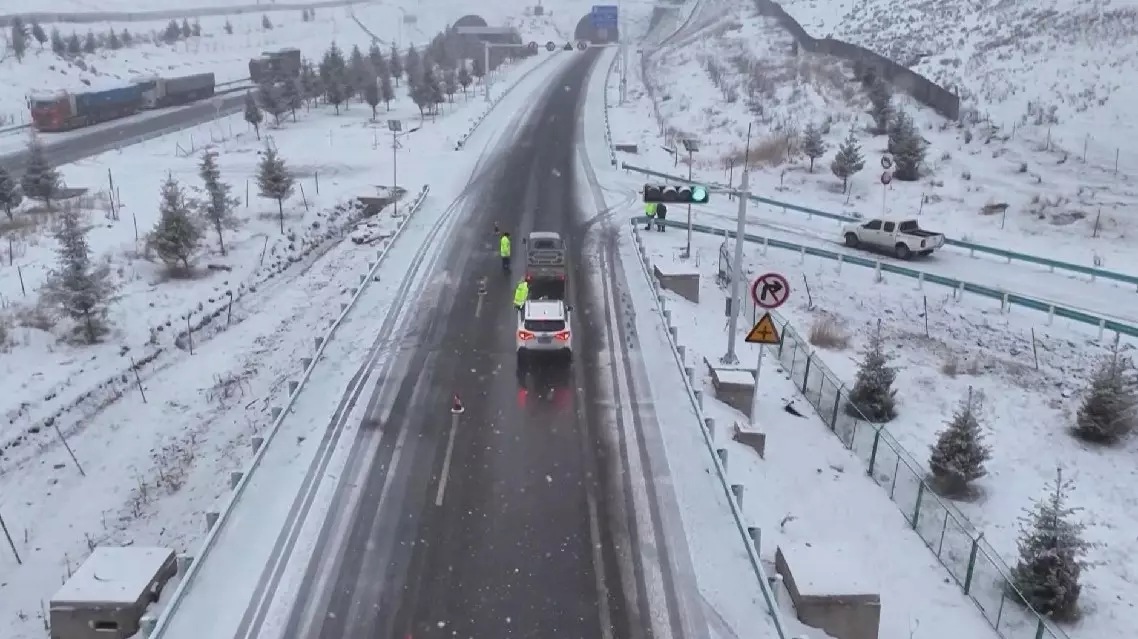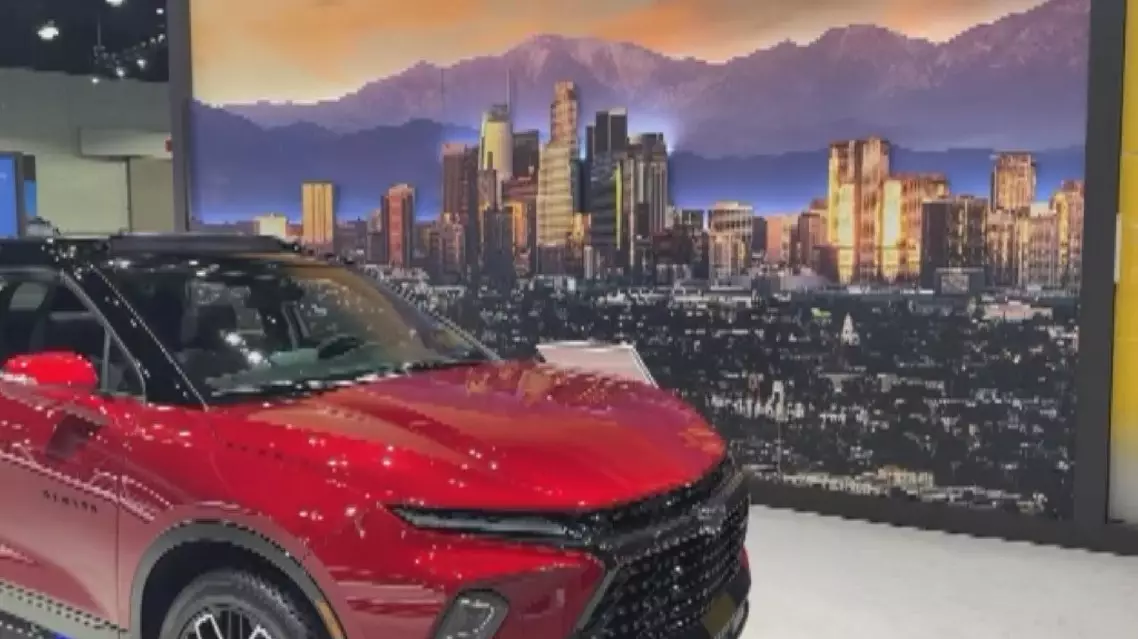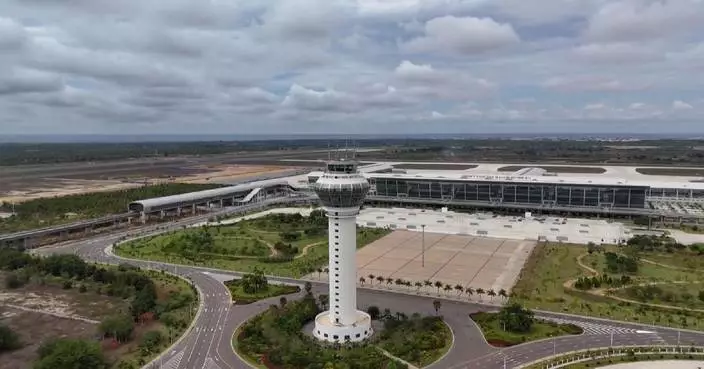Many areas in north, west and east China have seen snowfall and temperature drops as the first cold wave of the current winter season starts sweeping across the country.
In northwest China's Xinjiang Uygur Autonomous Region, snowstorms hit multiple counties on Friday.
To mitigate risks from slippery roads and low visibility due to the snowfall, local authorities have increased the presence of traffic police to ensure safe and smooth traffic.
In mountainous areas of Nilka County, the snow depth has exceeded 10 centimeters and reached 15 centimeters in some areas, and the snowfall is still ongoing.
Local herdsmen have driven their livestock into sheds, and electricians have patrolled along key power transmission lines to examine equipment and cables and remove hazards in a timely manner.
In northeast China's Heilongjiang Province, Jixi and Mudanjiang cities have seen their first snowfall, which has reached four to eight millimeters.
In Mishan, a county-level city under Jixi, the municipal sanitation center has deployed forklifts, snow plowing vehicles, tipper trucks as well as personnel to remove snow on key road sections.
In the county-level city of Muleng under Mudanjiang, the local road maintenance department has initiated an emergency response plan and organized more than 400 people to work overnight to clear snow off roads with a total length of 430 kilometers.
In Ergun City, north China's Inner Mongolia Autonomous Region, the temperature plummeted to minus 19.6 degrees Celsius on Thursday night, creating a spectacular ice halo view over the city.
In Xiayi County of north central China's Henan Province, local authorities have dispatched agricultural experts to help farmers detect hazards and remind them to reinforce their greenhouses to protect vegetables from the cold wave.

Snow blankets parts of China amid cold wave
The 2024 Los Angeles Auto Show, one of the largest car events in the United States, is in full swing, serving as a platform for major automakers to unveil their latest models and concept cars. This year's highlight is the industry's transition to electric vehicles (EVs).
Unveiling a new electric vehicle at the Los Angeles Auto Show is no longer a novelty. Manufacturers are now stepping up by introducing electric SUVs and trucks, reflecting the growing demand for versatile EV options.
"What we're understanding is that some of the biggest purchase decisions are made on range and charging. So, everybody wants to have a long-range battery. So, anything over 300 miles, it seems to be the sweet spot. That is when you start getting people to consider switching from a gas-powered car to an electric car," said Shad Balch, Director of Communications at Chevrolet.
Electric vehicles are the buzzword at this year's show, with automakers showcasing new models that promise better performance, longer ranges, and faster charging capabilities.
However, some experts have raised concerns about market saturation. In developed markets like California, many early adopters have already made the switch to EVs.
Despite the higher costs, government incentives continue to play a crucial role in making EVs more accessible.
"EVs are here to stay. They are the wave of the future. Electric vehicles are better for emissions. And the government is mandating that all manufacturers have to produce EVs," said Claudia Anderson, Product Specialist at Subaru.
California is leading the charge with a mandate requiring all new vehicles sold in the state to be zero-emission by 2035. This corresponds to the growing environmental consciousness among consumers, which experts believe is driving the increasing demand for EVs.
"I'm from California. And remember, growing up when we had "spare the air days" - that the air was too dirty to go play outside. So, California's made big strides in leading the way with environmental policy, and the vehicles are a nice complement to help achieve that solution," said Balch.
According to "Statista Market Insights," the U.S. EV market is projected to grow at an average annual rate of over 10 percent, with total unit sales expected to reach 2.3 million vehicles by 2029.

Los Angeles Auto Show 2024 highlights surge in EVs










